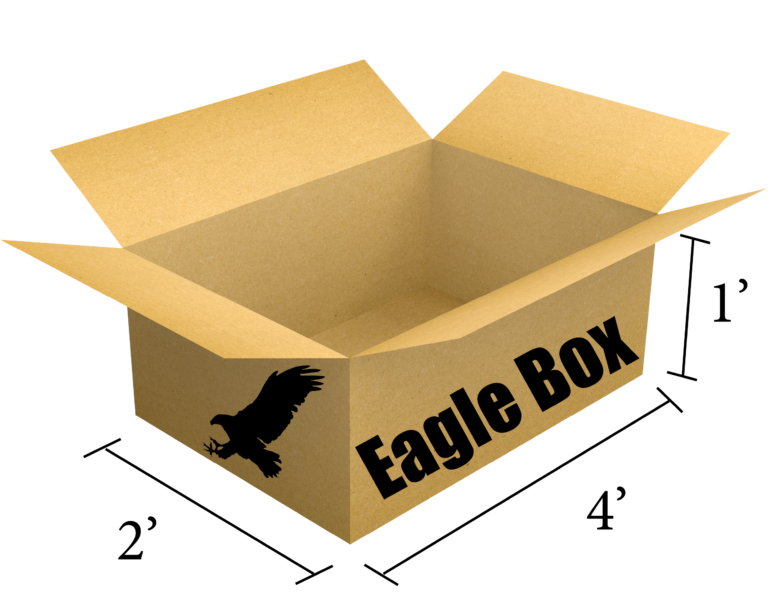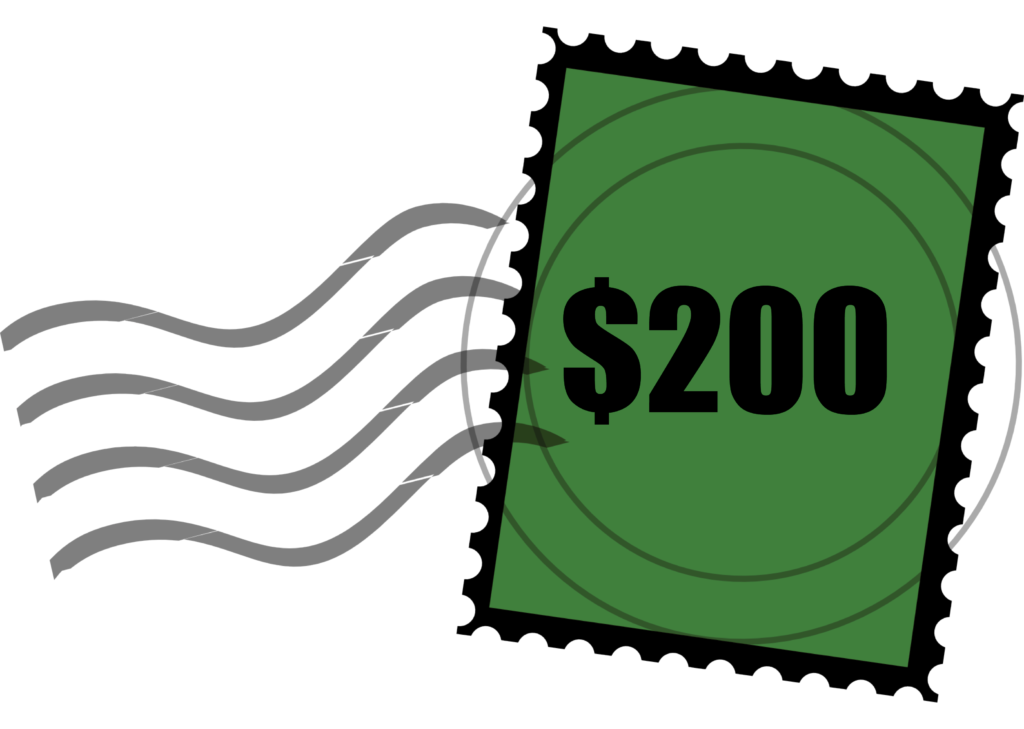Logistics & Finances
Interested in learning more about our estimates, numbers, and the logistics on making Kestrel Post’s vision a reality? You’ve come to the right place! We firmly believe in the value transparency and are more than happy to indulge your number-crunching needs. So sit back, relax, prepare to embark on a numbers adventure with us!
Many facilities currently send eagle parts/feathers to the USFWS repository in Colorado (paid service), but typically don’t for other birds protected by the MBA simply because of the expense of shipping. Kestrel Post has contacted a large wildlife rehabilitation facility, and they are happily willing to participate as pilot members of our program.
Time and money are the primary limitations to sending feathers/parts.
If facilities are willing to collect molted feathers, postage funding can be provided by Kestrel Post to ship the molted feathers of environmental education program birds once a year. Shipment of feathers only would be of a smaller cost.
Regarding birds who unfortunately succumb to trauma, to ensure the logistical success of shipments to the repository, wildlife rehabilitation facilities would require the funds to overnight ship whole frozen specimen (the time required to pluck the feathers from all deceased non-eagle birds would be improbable). This situation requires more funds. Below is a breakdown regarding the costs and logistics:

Shipments would occur via an “eagle box”, instead being be used for non-eagle birds. One eagle box is roughly 4 feet long, 2 feet wide, and 1 foot tall. It can be filled with approximately 4 eagles and weighs around 20 pounds. The cost to ship one of these boxes is approximately $200. A larger number of smaller birds could fit in the same space, but depending on the time of year, facilities may need to ship a box every 1-3 weeks due to space limitations for storing dead birds. A larger rehabilitation facility may admit an average of 1500 birds a year. Some carcasses may be too mangled to ship, but many should be acceptable.
Based on these calculations, shipping could cost up to $2000 – $2500 per year for a larger facility. Costs could be reduced as needed to only include non-eagle raptors (i.e. owls, hawks, falcons), and some smaller organizations may require far less than this estimate. However, the ideal goal would be to provide the full amount of financial assistance needed for each facility.



Of course, this is a very rough estimate. We’ll only know the exact costs on what will annually sustain a wildlife facility once we’ve seen it in action. Smaller facilities will likely require less, as will facilities that are only able to donate molted feathers. We look forward to keeping careful track of these statistics as we launch our program. They’ll benefit us in providing an analysis of not only our capacity to take on new facility partners, but in the conduction of our budgeting and future fundraisers!
